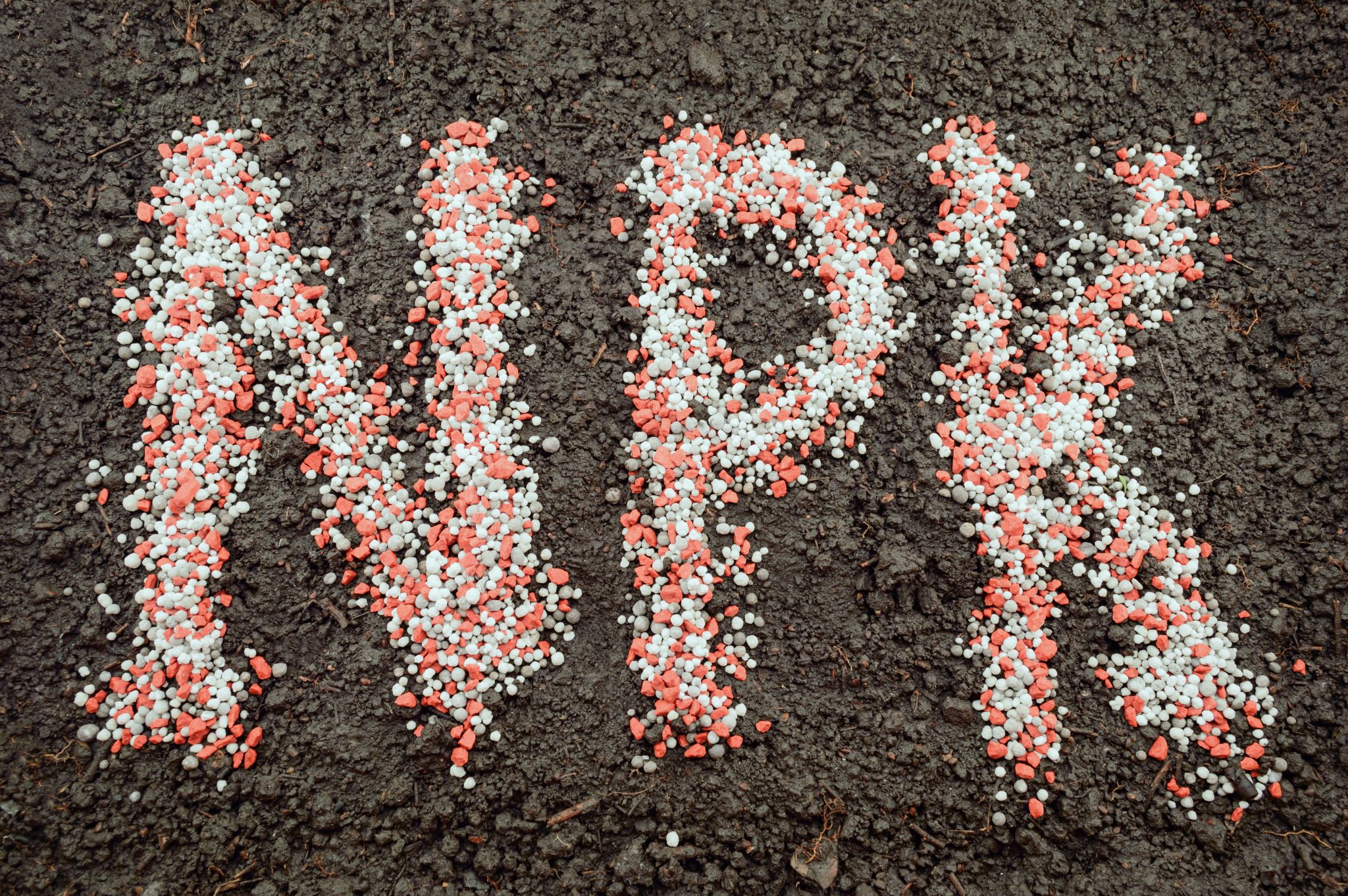Lawn & Garden

*This is an excerpt from The Alabama Vegetable Gardener, ANR-0479.
Apply fertilizer before or at planting. Two methods of applying fertilizer are broadcast and in the row. For most gardeners, the broadcast method is more practical.
Broadcast. Spread the recommended rate of fertilizer evenly over the soil surface and then thoroughly mix it into the soil during soil preparation. Heavy-feeding crops need additional fertilizer as a sidedressing after the plants are well established.
In the Row. Apply the recommended rate of fertilizer to the row. Mix it thoroughly with the soil so that it will not damage the seed and tender plants.
Combination. You can apply fertilizer to the garden in a combination of broadcast and row application. Broadcast two-thirds the recommended fertilizer over the entire garden surface and spade or rototill it into the soil. Apply the remaining one-third of the fertilizer in furrows 3 inches to either side of the row and slightly below the seed.
Sidedressing. Fertilizer applied before or at planting time usually will not supply all the nutrients needed during the growing season of heavy- and medium-feeding vegetables. Also, irrigation and rain can result in leaching of the soluble nutrients, especially nitrogen, into deeper areas of the soil and out of the reach of the roots of shallow-rooted vegetables.
Apply additional fertilizer along the row 4 to 6 inches from the base of the plants when the plants are established. This additional fertilizer or sidedressing is usually in the form of additional nitrogen.
Use the online fertilizer calculator at www.aces.edu/go/333 as a companion to your soil test results.
Measuring Table for Fertilizer (test recommendations show pounds per area)
| Fertilizer | Weight Per Pint |
|---|---|
| Mixed fertilizer 8-8-8, 13-13-13 | 1 lb. |
| Superphosphate | 1 lb. |
| Muriate of potash | 1 lb. |
| Ammonium nitrate | ¾ lb. |
| Limestone | 1¼ lb. |
| Nitrate of soda | 1¼ lb. |
Sidedress Applications of Nitrogen
| Vegetable | Time of Application |
|---|---|
| Beans | At 3- to 4-leaf stage. |
| Beets, carrots | 4 to 6 weeks after planting. |
| Bell peppers, eggplants, tomatoes | After first fruit set. |
| Broccoli, cabbage, cauliflower, Brussels sprouts | 3 weeks after transplanting; apply to broccoli again when heads begin to show. |
| Corn, summer | When 8 inches high and again when knee high. |
| Cucumbers, watermelons, winter squash, pumpkins | When vines begin to run. |
| English peas | When the peas are 4 to 6 inches tall. |
| Irish potatoes | When sprouts break through soil surface. |
| Leafy greens (mustard, turnips, chard, collards) | When plants are about 1/3 grown and following first harvest when plants are not pulled. |
| Lettuce or Chinese cabbage | 2 weeks after transplanting, 4 weeks after sowing seed. |
| Okra | After first pods are harvested. |
| Onions (green and bulb) | Sets—when tops are 6 inches high; transplants—when established and growing. |
| Peas, southern | None. |
| Peanuts | None. |
| Radishes | None. |
| Squash, summer | When plants are 8 to 10 inches tall. |
| Sweet potatoes | None. |
| Turnips, rutabagas | 4 weeks after sowing seed. |
For more information, see other excerpts from The Alabama Vegetable Gardener, ANR-0479.
Kerry Smith, Extension Home Horticulture Associate; Ayanava Majumdar, Extension Entomologist; Charles Mitchell, Extension Agronomist, Professor, Agronomy and Soils; John Everest, Visiting Professor, Agronomy and Soils; Edward Sikora, Extension Plant Pathologist, Professor, Entomology and Plant Pathology; Joseph Kemble, Extension Specialist, Professor, Horticulture; all with Auburn University; and Rufina Ward, Research Entomologist, Natural Resources and Environmental Sciences, Alabama A&M University.
Reviewed October 2021, The Alabama Vegetable Gardener, ANR-0479

